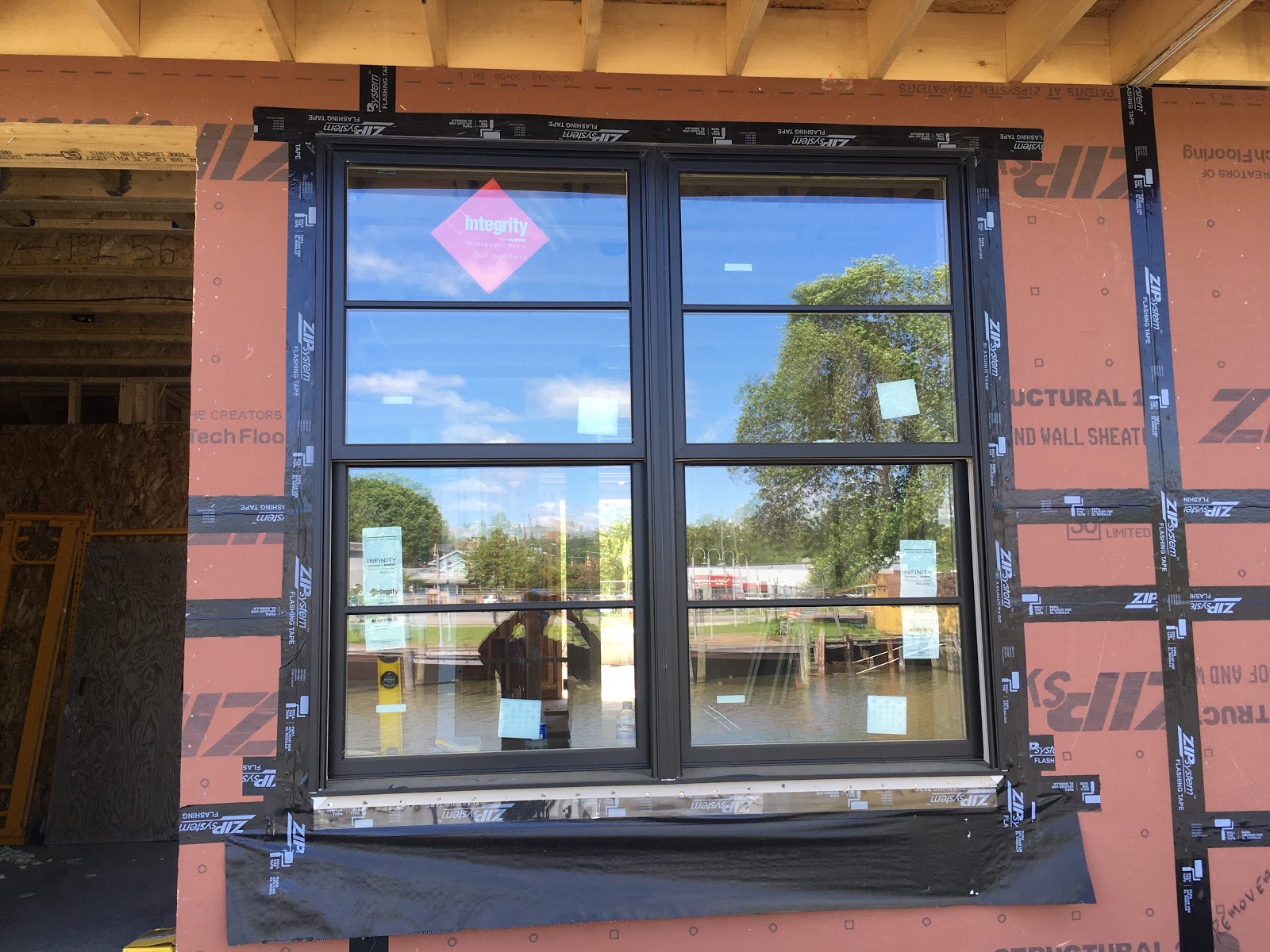Sealing Windows and Doors
Written by Craig Modisher
I was recently on the building site, doing inspections of a couple of our design projects. I was asking a few questions about air sealing and flashing details. Things were done a little differently than I would have liked. During the conversations with the builders, I heard the phrase, “well, I’ve heard conflicting information about that.” And I had to admit that it is true. We have been building houses and buildings for thousands of years, and we still can’t agree on exactly how it is supposed to go together “the right way.”
Here is how I would have liked to see the windows and doors installed and sealed, with some comments below:
https://www.homeinnovation.com/~/media/Files/Reports/TechNote-Window-and-Door-Flashing.pdf
What I saw on site was a window with a bottom flange taped. I would never, ever tape the bottom flange. It is left open, as added insurance, in case any water gets in around the window, then it can get out at the bottom of the window. The tape on the top and side flanges is not for air sealing (although it helps), it is for water management.
Please tear off the brick mold around doors. It shouldn’t be there. Use the same trim as everywhere else on the building, but first, please tape the WRB to the sides and top of the jamb. This is the other frustrating observation I had on site, un-taped doors. The spray foam around windows and doors does the air sealing. The taping and flashing handles the water infiltration. Two different things, helping each other in their purposes.
Zip sheathing has changed standards a bit in the industry. Since the sheathing is the WRB, you would basically tape the sheathing and wrap it into the rough opening for the window as a prep. I usually put beveled siding down on the sill and tape that in place, to act as the pan. Then tape the sides and top, once the window is installed. Ideally there is a drip cap that either goes over the head trim or directly over the window (depending on your trim detail), and that drip cap gets taped to the Zip sheathing as well (added insurance). It is always a good idea to have a back up, when dealing with water infiltration.



